Loading
Journal of Physical Medicine and Rehabilitation
ISSN: 2690-0297
Editors Choice Articles
Exercise Benefits on Alzheimer’s Disease
Yiyun Feng, Fang Lin
Alzheimer’s disease (AD) is an age-related neurodegenerative disorder [1] and the most common cause of human dementia, accounting for approximately 60%?80% of cases. It is estimated that more than 30 million AD patients, and the number likely to increase to over 100 million by 2050 because of the increase of the elderly population [2].
J Phys Med Rehabil, 2022, Volume 4, Issue 1, p1-4 | DOI: 10.33696/rehabilitation.4.024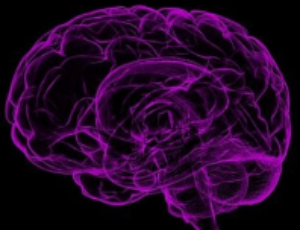
Changes in Obesity Prevalence Following Spinal Cord Injury: A Retrospective Review of Body Mass Index
Daniel D. Veith, Cesar Lopez, Margaux B. Linde, Andrew R. Thoreson, Ryan J. Lennon, Brittany A. Snider, Megan L. Gill, Lisa A. Beck, Kristin Garlanger, Kristin D Zhao
Background: The prevalence of obesity is high in individuals with spinal cord injury (SCI) due to the alterations in body composition that occur as a direct result of injury. Body mass index (BMI) is used to classify body habitus. In 2009, an adjusted BMI classification, with lower thresholds for obesity, was recommended for individuals with SCI. Objective: Determine obesity prevalence before and after SCI to examine the trajectory of obesity development.
J Phys Med Rehabil, 2024, Volume 6, Issue 1, p5-13 | DOI: 10.33696/rehabilitation.6.039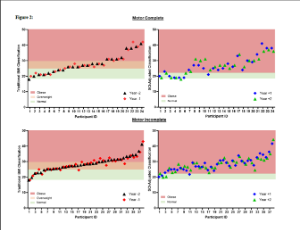
Modern Rehabilitation Strategies of Post-Stroke Motor Disfunctions: Functional Electrical Stimulation and Biofeedback-Stabilometric Postural Training
E. Kostenko, L. Petrova, A.Rylsky, M. Eneeva, A. Ivanov
More than 80% of patients after a stroke have limited daily activity due to a complex polymorphic motor deficiency of various nature and severity, which leads to postural disorders (PD) [1]. Because of paresis, develops different changes in the musculoskeletal system (MSS) such as PD, restrictions of movements in the joints, impaired
J Phys Med Rehabil, 2020, Volume 2, Issue 1, p7-10 | DOI: 10.33696/rehabilitation.2.007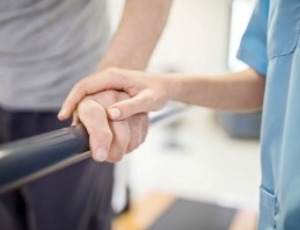
Exercise, Strains and Their Impact on Bone Mineral Content and Density Losses
John Francis Caruso, Alex Christopher-Svendsen Shefflette, Chris Edward Colborn, Steve Ryan Soltysiak
Bone mineral content and density (BMC, BMD) losses, which may subsequently lead to osteopenia and osteoporosis, appear in various disuse (aging, space flight and its analogs, spinal cord injury, etc.) conditions. While diet and hormonal status impact BMC and BMD values, a major factor responsible for these losses are the
J Phys Med Rehabil, 2021, Volume 3, Issue 1, p9-16 | DOI: 10.33696/rehabilitation.3.015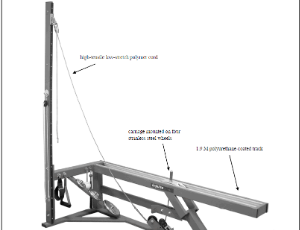
Diet and Exercise: A Novel Cure for Asthma? - A Short Communications on a Non-Pharmacological Strategy
Søren Malte Rasmussen, Erik Sören Halvard Hansen, Louise Lindhart Toennesen, Anders Pitzner-Fabricius, Nikolaj Brix Hansen, Vibeke Backer
Behavioral interventions with regular physical activity, weight loss and diet have repeatedly demonstrated preventive effects in a wide range of diseases. Furthermore, an unhealthy lifestyle is a known predictor for increased use of medication and also the leading risk factor for global mortality.
J Phys Med Rehabil, 2020, Volume 2, Issue 1, p14-17 | DOI: 10.33696/rehabilitation.2.009
Pain Outcomes with an Elliptical Regimen (POWER) Study: Identifying the Proper Dosage of Exercise for Therapeutic Effect in Persons with Chronic Back Pain
Timothy Dillingham, Jessica Kenia, Adrian Popescu, Christopher Plastaras, Scott Becker, Frances Shofer
Low back pain (LBP) is one of the most prevalent conditions that will affect 70-85% of individuals at some point in their life [1]. LBP accounts for 2.3% of all visits to the physician, and is the most common area of the body to experience pain [2]. Exercise has been a mainstay for managing persons with chronic low back pain for almost 40
J Phys Med Rehabil, 2020, Volume 2, Issue 2, p23-28 | DOI: 10.33696/rehabilitation.2.011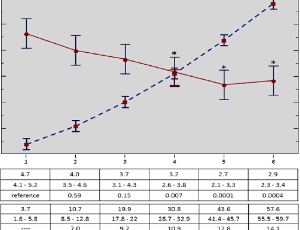
Manual Therapy Improves Immediate Blood Flow and Tissue Fiber Alignment of the Forearm Extensors
Timothy E. Speicher, Noelle M. Selkow, Aric J. Warren
It is well established that lateral elbow pain and dysfunction is a common pathology in general and sport populations [1-3]. Lateral elbow pain has been termed tennis elbow, epicondylitis, elbow tendinosis, elbow tendinopathy, but currently, the term lateral epicondylalgia (LE) encompasses the spectrum of degeneration and
J Phys Med Rehabil, 2022, Volume 4, Issue 2, p28-36 | DOI: 10.33696/rehabilitation.4.029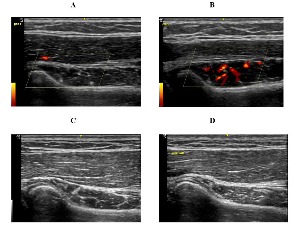
No Studies in Stroke Regarding Brain fMRI Activity and Pelvic Floor Muscle Training/Activation - Only Studies in Non-stroke Population: A Review of Neuroimaging Studies
Sigrid Tibaek
Neurogenic lower urinary tract dysfunction (NLUTD) is highly prevalent in poststroke patients, leading to major impact on the quality of life (QoL) and healthcare resources. Pelvic floor muscle training (PFMT) has, over the past two decades, been recommended as first-line treatment for neurologically healthy patients with lower urinary tract symptoms (LUTS).
J Phys Med Rehabil, 2020, Volume 2, Issue 2, p29-39 | DOI: 10.33696/rehabilitation.2.012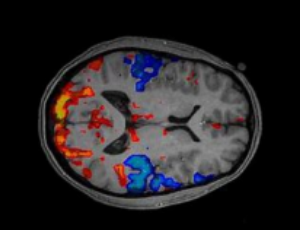
Bronchoscopic Lung Volume Reduction Operation and Pulmonary Rehabilitation
Esra Pehlivan
The main symptom in Chronic Obstructive Pulmonary Disease (COPD) is shortness of breath. Shortness of breath occurs especially with exercise and progresses over the years despite all medical treatments. One of the main mechanisms by which this symptom occurs is hyperinflation in the lungs [1].
J Phys Med Rehabil, 2021, Volume 3, Issue 1, p34-39 | DOI: 10.33696/rehabilitation.3.018
The Essential Elements of the PNF-concept, an Educational Narrative
Fred Smedes
The term Proprioceptive Neuromuscular Facilitation (PNF) was introduced in the 1950s by Dr. Kabat and Mrs. Knott. From the mid-1950s the PNF-concept has been in a progressive development clarifying the use of techniques, performances and clinical applications. The concept of PNF was originally developed by Dr. Kabat and Mrs. Knott for rehabilitation purposes. The International PNF Association (IPNFA) consider themselves to be the official successor of Dr. Kabat and Mrs. Knott.
J Phys Med Rehabil, 2022, Volume 4, Issue 2, p37-48 | DOI: 10.33696/rehabilitation.4.030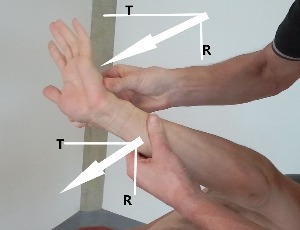
About Scientific Archives
Scientific Archives is a global publisher initiated with the mission of ensuring equal opportunity for accessing science to research community all over the world. Spreading research findings with great relevance to all channels without any barrier is our goal. We want to overcome the challenges of Open Access with ensured quality and transparency.
